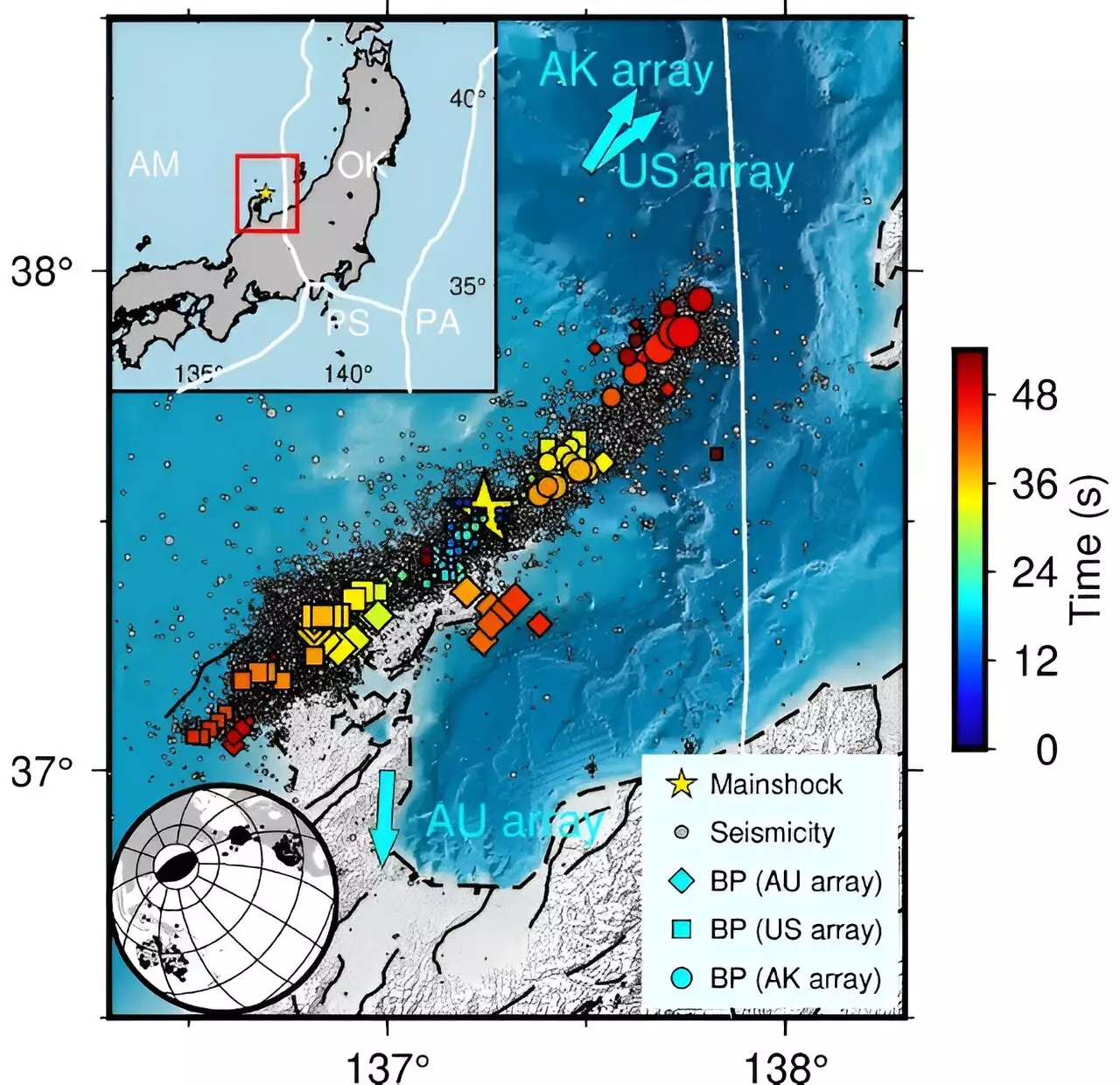The year 2024 started off with a bang as a magnitude 7.5 earthquake struck Japan’s Noto Peninsula on New Year’s Day, claiming the lives of over 280 individuals and causing damage to more than 83,000 homes. Recently, geologists made a groundbreaking discovery regarding this earthquake, revealing a rare “dual-initiation” mechanism that led to intense pressure from both sides of the fault, ultimately resulting in powerful ground shaking across the region. This dual-initiation mechanism allowed the seismic rupture to encircle and break through a resistant area on the fault known as a barrier, shedding light on the complex nature of earthquake genesis.
Earthquakes occur when fractures in the Earth’s crust, known as faults, enable blocks of rock on either side of the fault to move past each other. However, the movement is not continuous along the fault line due to irregularities that dissipate energy and halt the movement. Barriers, rough areas on faults, play a crucial role in locking the two sides of the fault in place by absorbing the energy of fault movement. While barriers can slow down or halt movement, they have limits to the amount of energy they can absorb. Under the right conditions, the stored-up energy within a barrier can be released violently, leading to intense shaking.
Advancements in Earthquake Research
Led by a team of researchers from the United States, France, China, and Japan, this study utilized advanced seismic and geodetic technologies to analyze the relationship between a swarm of smaller tremors and the larger earthquake that followed. By examining geospatial data and seismic wave recordings, the researchers identified a previously unknown barrier in the region, shedding light on the complexities of earthquake initiation. The discovery of a dual-initiation mechanism in the New Year’s Day earthquake provided valuable insights into the unpredictable nature of seismic events.
Dual-initiation earthquakes, characterized by dual epicenters and stronger movement, pose a higher risk of stronger shaking compared to single-initiation events. The observation of a dual-initiation mechanism in the Noto earthquake was particularly significant as it is a rare phenomenon that is challenging to detect in nature. By leveraging seismic monitoring stations, GPS, and satellite radar data, researchers were able to achieve a high level of resolution in studying the fault, uncovering crucial details about the earthquake’s initiation process. This finding highlights the importance of collecting comprehensive data for a better understanding of earthquake mechanisms.
Moving forward, researchers plan to explore future scenarios to understand the conditions and probabilities associated with dual-initiation earthquakes. The complex nature of earthquake initiation underscores the need for continued research and advanced technologies to improve seismic risk assessments and earthquake forecasting. By examining fine details of fault systems and seismic events, scientists can gain valuable insights that may lead to better preparation and response strategies for mitigating the impact of earthquakes. The study’s findings serve as a reminder of the intricate processes underlying seismic events and the critical need for ongoing research in this field.



Leave a Reply